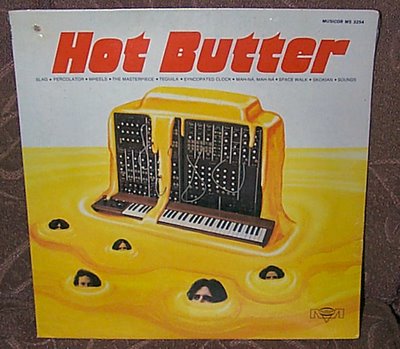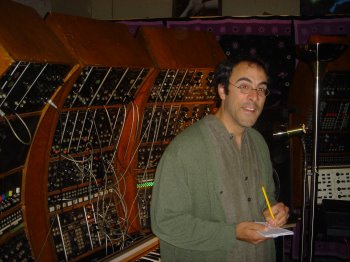 via this auction
via this auction"EMS Eight Octave Filter Bank, perfect to add to your Synthi or VCS3. Also interfaces with other modular/cv synths or can be used as standalone piece of studio outboard. Fully working and comes with mini-Bulgin power lead. The module is internally switchable between 110V and 220V.
Previously owned by Malcolm Cecil and formed part of TONTO. "Tonto is an acronym for "The Original New Timbral Orchestra," the world's first (and still the largest) multitimbral polyphonic analog synthesizer, designed and constructed by Malcolm Cecil. Tonto featured on albums from Stevie Wonder, Quincy Jones, Bobby Womack, The Isley Brothers, Gil Scott-Heron and Weather Report, as well as releases from Stephen Stills, The Doobie Brothers, Dave Mason, Little Feat and Joan Baez, Steve Hillage". More info here
from the original spec sheet -
EIGHT-OCTAVE FILTER BANK
EMS STUDIO MODULES
The EMS Range of Ancillary Studio Modules EMS Modules are designed not only for use with Synthi synthesisers but with any complex of voltage controlled equipment, of whatever manufacture. They are supplied in handsome afrormosia cases, but can be removed and mounted in standard 19" racks, occupying only 1.7" (44mm) of vertical space. They contain their own mains power unit with a very wide range of stabilisation to cope with poor mains line conditions, being operable at anything from +10% to more than—23% of nominal line voltage. Connections to and from the modules can be made either from the jack sockets on the front panel or via the multi-way socket at the back.
EIGHT-OCTAVE FILTER BANK
The EMS Eight-Octave Filter Bank is a group of eight individual resonating filters fixed-tuned one octave apart in the range 62.5Hz—8KHz, arranged in parallel. The unit is inserted into an audio signal line, and since the output of each filter may be separately controlled very subtle variations of colouring can be made. It is simplicity itself to operate, and no voltage control is involved, its purpose being to provide characteristic colourings which are on the whole constant during a particular application. The cut-off is sharp enough to permit sections of the spectrum to be virtually removed, making profound changes in the character of a sound. With all the controls at maximum the signal will emerge unchanged except for a 10dB overall gain. At intermediate settings the response is comblike, levelling out to total rejection of the whole band when all controls are at zero.
A valuable extra facility is the access given by jacks or the facilities socket to each filter separately. The main output contains all the filters in parallel, but in addition the spectral content of the output of each filter is available at the appropriate jack. Thus up to nine simultaneous timbres can be obtained from a single complex signal. An additional use for the filter bank is as a signal improver. Hum or any other unwanted fixed frequency phenomenon can often be removed completely without serious distortion of the signal spectrum.
Apart from its use in electronic music, the eight-octave filter bank is a great asset to any studio; a group of several (at least as many as the number of output lines) can be arranged for instant patching in to any channel needing correction.
SPECIFICATION
Power Supply:
240 or 115VAC 50/60Hz +10% to—23%
Input Level:
6V p-p max.
Max. Overall Gain:
10dB +/- 1.5dB.
Individual Filter Gains:
9dB +/- 3dB max.
Hum and Noise:
—80dB referred to max. gain conditions.
Filter Frequencies:
63, 125, 250, 500, 1,00O, 2,OOO, 4,000, 8,000 Hz.
Filter Tuning:
Centre frequencies all +/10%
Filter Slope:
12dB/octave.
Channel-to-channel crosstalk:
—60d B."





















































